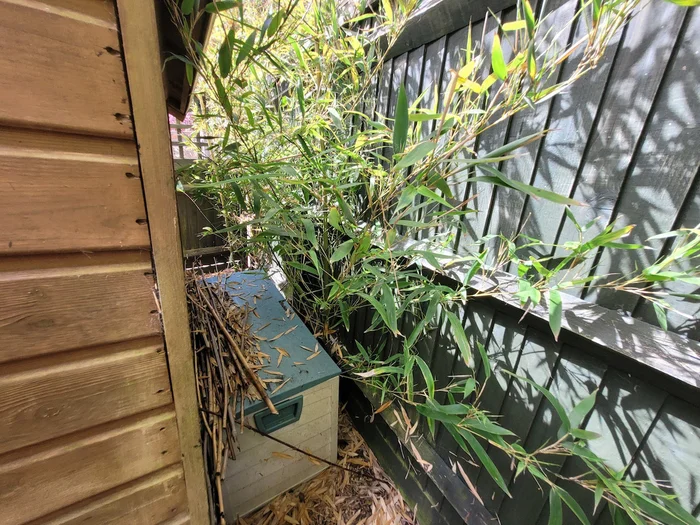In recent years, the British bamboo crisis has become a hot topic, with an increasing number of homeowners reporting significant damage caused by invasive bamboo plants. While bamboo is often seen as a decorative addition to gardens, its rapid growth and spread have led to numerous problems, especially when planted without proper containment measures.
What is the Bamboo Crisis?
The crisis revolves around the uncontrolled growth of certain types of bamboo, which spread through underground rhizomes. These rhizomes can travel several metres from the original planting spot, and in some cases, they’ve even infiltrated neighbouring properties. The issue is particularly serious with “running” bamboo varieties, which can form large underground networks, causing severe structural damage to properties, paving, and drainage systems.
Real-life Cases of Bamboo Damage
One of the most severe cases was reported in Hampshire, where a homeowner was forced to spend over £100,000 in repairs after bamboo from a neighbouring property infiltrated their home. The plant’s roots grew through the walls and floors, causing extensive damage. It’s estimated that the bamboo took several years to fully penetrate the house, ultimately forcing the family to leave while extensive remedial work was carried out.
Experts have pointed out that this type of damage isn’t as uncommon as many believe. In a recent survey conducted by Environet UK, it was found that 8% of British homes have bamboo growing on their property, with 3% of homeowners experiencing bamboo spreading across property boundaries.
Why is Bamboo So Dangerous?
Bamboo’s invasive nature makes it particularly dangerous in urban and suburban areas. The plant’s roots are strong enough to break through concrete and brick, making it difficult to control once it has established itself. Unlike other invasive plants such as Japanese knotweed, bamboo’s roots can spread horizontally, making it harder to detect until visible signs of damage appear.
Once bamboo has spread, removing it can be incredibly challenging. It often requires digging up entire sections of the property and carefully removing each piece of the rhizome network to prevent regrowth. This level of excavation can be extremely disruptive and expensive.
How to Manage and Prevent Bamboo Encroachment
For homeowners looking to plant bamboo, the key is to choose the right type and implement measures to keep it contained. “Clumping” bamboo varieties are generally safer, as they grow in tighter clusters and are less likely to spread aggressively. Using strong pots or containers and bamboo root barriers can also help in controlling growth.
Regular maintenance is essential to keep bamboo from becoming a problem. Pruning the plant at least once every spring can prevent it from spreading too quickly. Additionally, any signs of rhizomes spreading should be dealt with immediately to prevent further encroachment.
Legal and Insurance Implications
Bamboo’s potential for damage has led to calls for it to be classified as an invasive species under UK law. If enacted, this classification would place restrictions on planting and selling certain bamboo varieties. Currently, disputes over bamboo encroachment between neighbours are treated as civil matters, and property owners may have to bear the costs of removing the plant and repairing the damage.
Some insurance companies have begun to include bamboo-related clauses in their policies, as seen in cases like the Hampshire incident. However, coverage can vary, and many policies might exclude damage caused by invasive plants. Homeowners are advised to check their policies and consider additional coverage if they live in an area where bamboo is prevalent.
Conclusion: A Cautionary Tale for Garden Enthusiasts
The British bamboo crisis serves as a cautionary tale for those who view bamboo as a harmless decorative plant. Its potential to cause severe damage to property, combined with the high costs of removal and repair, means that planting bamboo should be approached with caution. Ensuring proper containment and regular maintenance is key to preventing a beautiful garden addition from turning into an expensive nightmare.
Read More: Snake Sighting at Colwick Country Park: Encounter with a Boa Imperator
